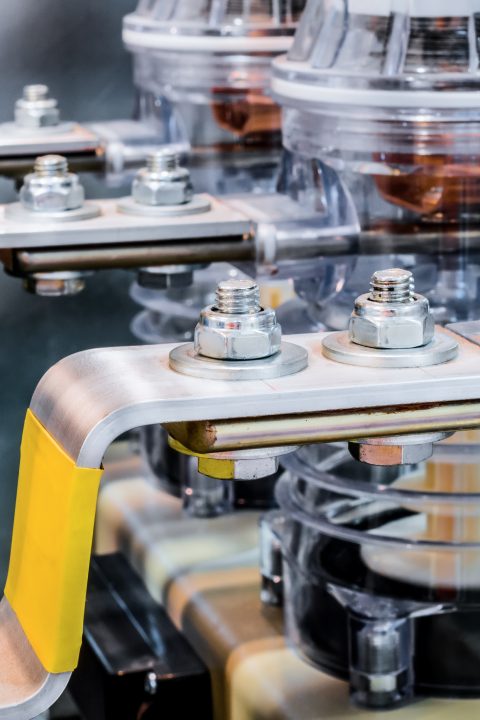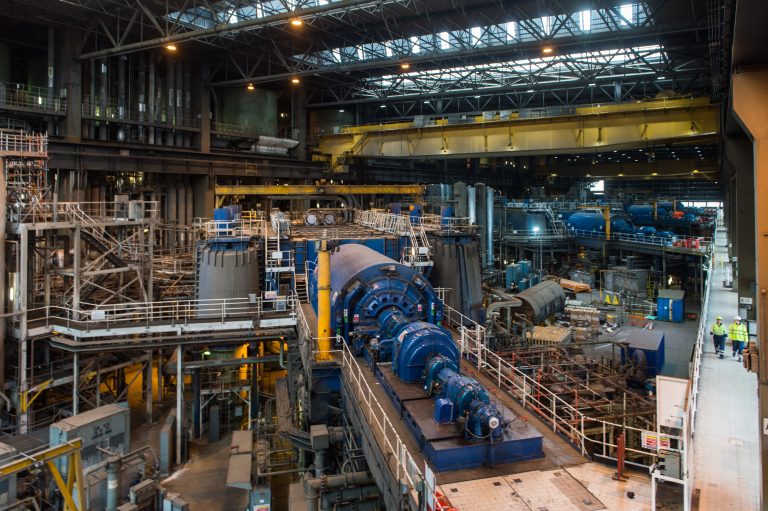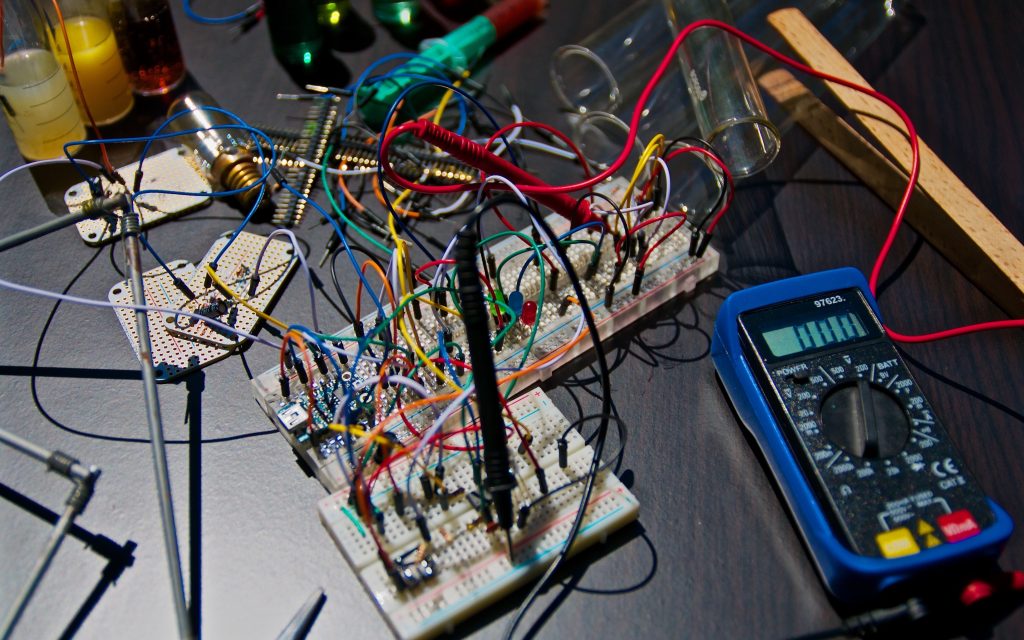Generating electricity in a power station is a huge, complex operation. Thousands of tonnes of fuel, millions of gallons of water, intense temperatures and incredibly high pressures all go into spinning turbines and turning generators, which in turn creates electricity.
But strip it back to its basics and making electricity is relatively simple. All it takes is a magnet, metal and motion.
Turning motion into electricity
British scientist Michael Faraday first realised the relationship between magnetic fields and electricity in 1831. He noticed when a magnet moved through a coil of copper, a current flows through the wires. The same thing happens if the wires are moved and the magnetic is static. All that matters is that there is motion in a magnetic field, allowing the kinetic energy to be converted into electrical energy. This simple observation is still the basis of how electricity is generated around the world today.
To replicate this process in miniature, we can use spinning copper wires and an everyday magnet. At this scale the electric current induced is very small – not even enough to power an LED light. However, an ammeter shows the tiny voltage passing along the wires. This is possible because of the relationship between magnetic fields and electric currents.
How electrons create electricity

The key to how magnetic fields convert motion into electric currents is found in atoms. Every neutral atom’s core is made up of static neutrons and protons, with electrons zooming around them. However, with the right outside force introduced, electrons can be stimulated, which causes them to break away from an atom and set off a chain reaction that knocks other electrons free, in turn creating an electric current.
A magnet can provide this outside force. Passing the magnetic field through copper wires, for example, breaks electrons from their copper atoms and sends them flowing in one direction.
Metals are good at conducting electricity because their atoms have a looser hold on their electrons than materials like wood or glass, making it easier for a magnetic field to free them.
The speed at which the magnetic field passes through the atoms affects how many electrons are broken off from them. If more kinetic energy is put into the magnet and it passes through faster, more electrons are set free and more current flows.
Scaling generation up
It’s this simple principal of magnets, metal and motion that powers most of world, but in power stations it is scaled up and optimised to supply huge amounts of electrical power.
Each of Drax’s 600-plus megawatt generators contains a 120 tonne rotor, which acts as a very strong electromagnet. This sits inside the stator which weighs 300 tonnes, and contains 84, 11-metre long copper bars.

High pressure steam is used to spin a series of turbines, which in turn spin the rotor and its magnetic field at 3,000 rpm. As it spins a voltage is induced in its stator at a frequency of 50 cycles per second (which sets the frequency for the entire grid – 50 Hz), sending electrons zooming through the stator bars which carry a huge electric current.
This is the same in almost every form of electricity generation that uses a rotating generator, from wind to hydro to nuclear to biomass. Solar generation is the exception, but it uses the same principle of knocking around electrons.
Instead of using a magnetic field to break electrons from metal atoms, solar panels use photons from sunlight to free electrons from a negatively charged layer of silicon film. These are then attracted to a layer of positive film which creates an electrical current that is collected and channelled from each solar panel.
At its most-basic, electricity generation is simple and even as the world switches to less carbon-intense means of production, the straightforward concept of using a magnetic, metal and motion will remain at its heart












